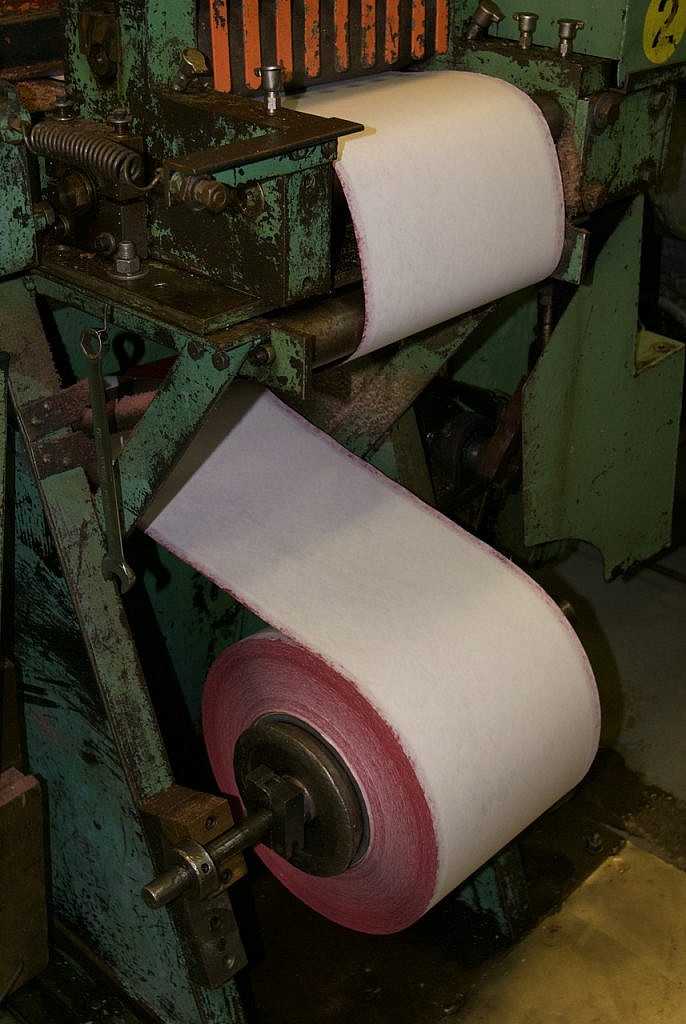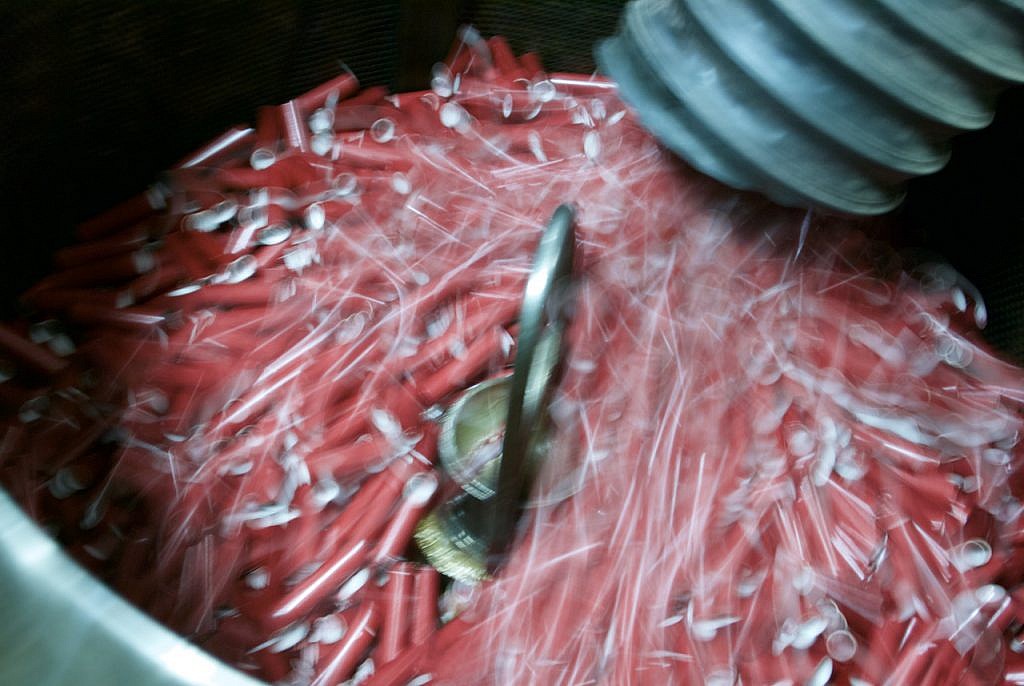
by Terry Wieland
Trap shooters are the repository of some strange beliefs, which could be assembled into a book comparable to The Vinland Map and the Tartar Relation, and with about the same amount of truth, but one stands out as undeniable: Federal’s Gold Medal Paper, the last remaining mass-production paper-hulled competition shotshells in America, win tournaments.
Before devotees of RST’s fine paper ammunition leap to their keyboards to complain mightily at this latest injustice, please note I said “mass production.” And, one should also note, Federal makes its own paper hulls, from scratch. It does not import them from Europe. This is an important distinction.
This year marks Federal’s 100th anniversary. It’s also the 100th anniversary of their paper shotshells, as denoted by the year “1921” carved on the cornerstone of a modest brick building at their sprawling production facility in Anoka, Minnesota. This building is where they produce the paper shotshells. It’s a separate facility, with a separate staff and, when I visited a decade ago, a distinctly different corporate culture. It was like taking a stroll deep into the past.
If I remember the numbers correctly, it takes nine days to produce a paper shell from start to finish, compared to about 20 minutes for a plastic one. In the latter case, a load of plastic pellets is dumped into a hopper and then progress at great speed through the process of being turned into a plastic tube, fitted into a metal head and base wad, and dumped out the other end.

To produce paper, Federal begins with huge rolls. Shotshells need a special grade and type, which is produced by one remaining paper mill in America, which Federal keeps in business. The paper is cut, laminated, rolled into tubes, impregnated with wax, cut to length, then set aside to season for eight days under climate-controlled conditions. This is absolutely essential, and cannot vary by even half a day either way. From there it goes through the process of fitting the base wad, metal head, and so on.
This makes a paper shotshell considerably more expensive to make than a plastic one, yet Federal has to sell them at a price at least comparable to their own excellent Gold Medal plastic.
Every other manufacturer began phasing out paper shells in the 1960s, and by the 1980s they were all but gone. Yet Federal continued to make theirs. I don’t know how many Grands they have won, much less the smaller trap matches that have been held all over the country in the last hundred years, but it must be substantial. Trap shooters who love Federal Paper are willing to pay extra, and every year they become very hard to find in the months leading up to the Grand.

It almost seems like you need to know someone to get your hands on any, which is why I shepherd my supply very carefully.
I love shooting trap, but have never broken a registered target in my life. About 20 years ago, I embarked on a summer project comparing Federal Paper to Federal GM Plastic, and emerged several months and about 80 rounds of trap later to find my records with the two virtually identical. I did, on the other hand, become pretty good, and recorded a dozen 25s.
This spring, having not shot trap for a couple of years, I went to the range with some friends and, to mark the occasion, decided to shoot paper. I broke 25, and followed that up with a 24.
Using other ammunition, I have not broken more than 22 since then, and feel lucky to hit 20. The ammunition? Maybe. Or more likely a psychological block, which is the usual explanation for the success of Federal Paper. But trap is a game of concentration and mental acuity, and if that’s what it takes, that’s what it takes.
A lady friend of mine, shooting a venerable Ithaca trap gun, recently broke 20 for the very first time.
I gave her a box of Federal Paper as a prize. After a century, it has that kind of status.
______________________________________________________________________________
Gray’s shooting editor confesses to being an enthusiastic, if not particularly gifted, trap shooter, who is as much fascinated by the guns and ammunition as by the game itself. If you can’t have skill, you can still have tradition.
